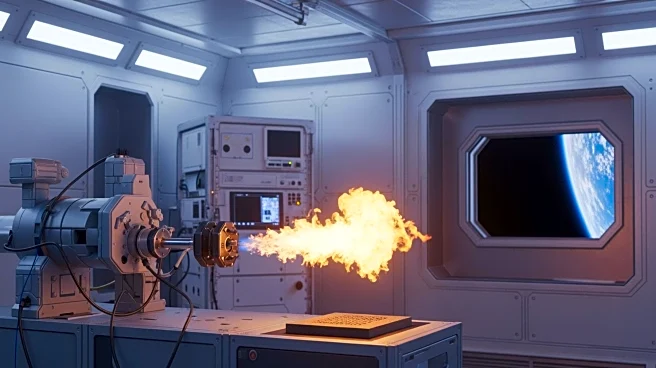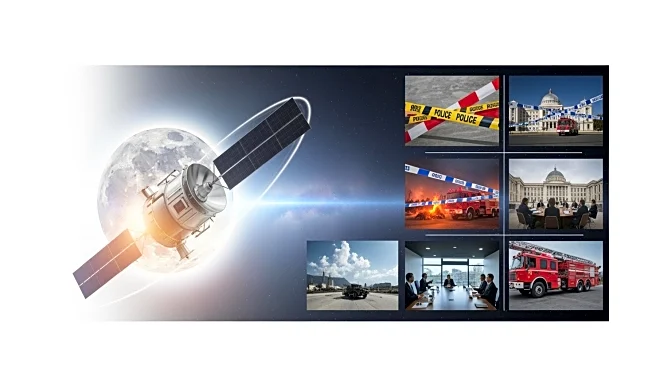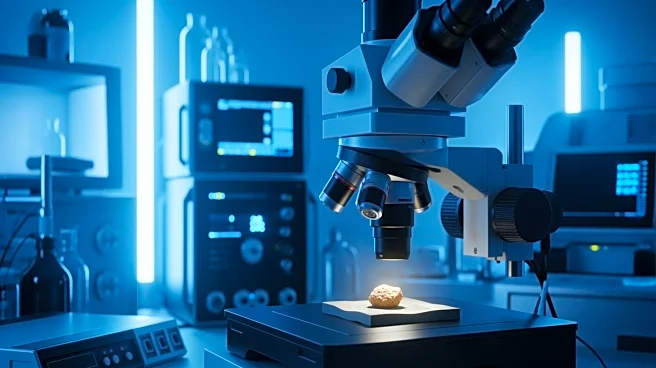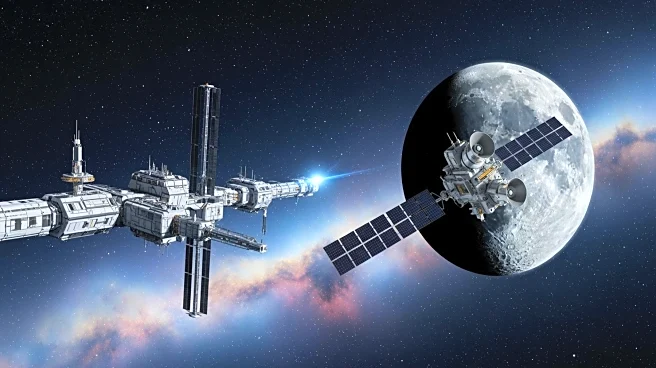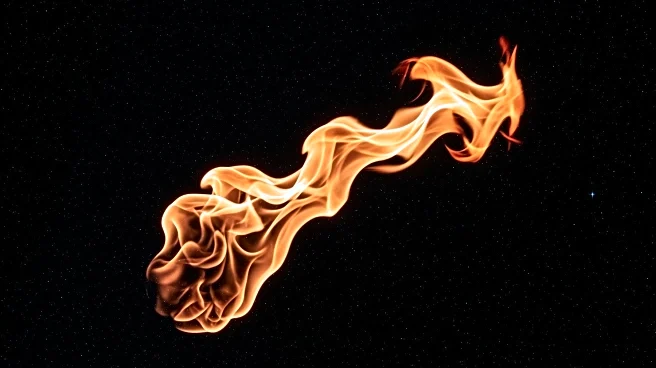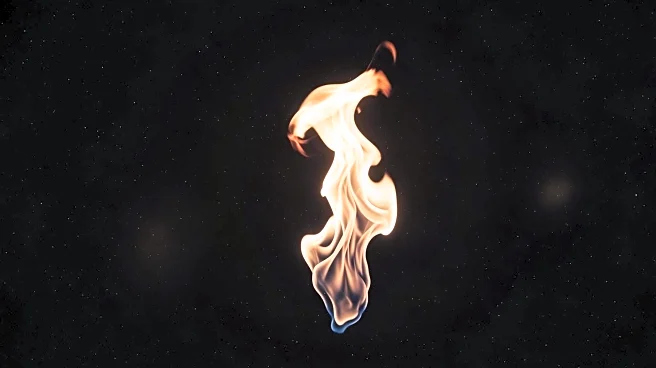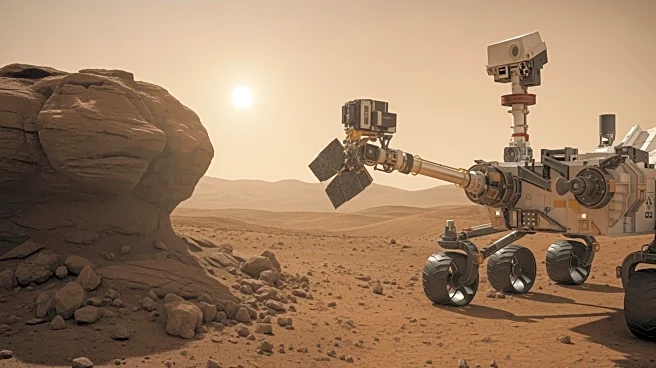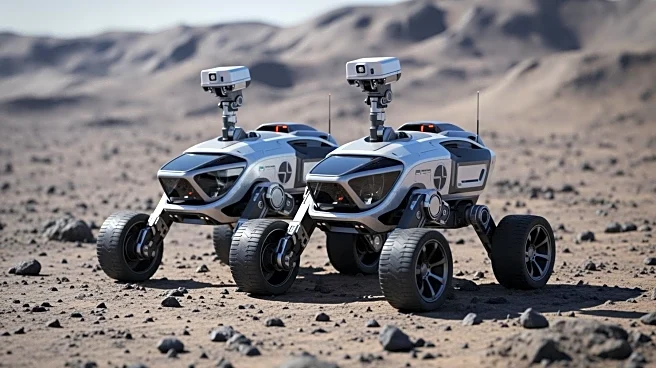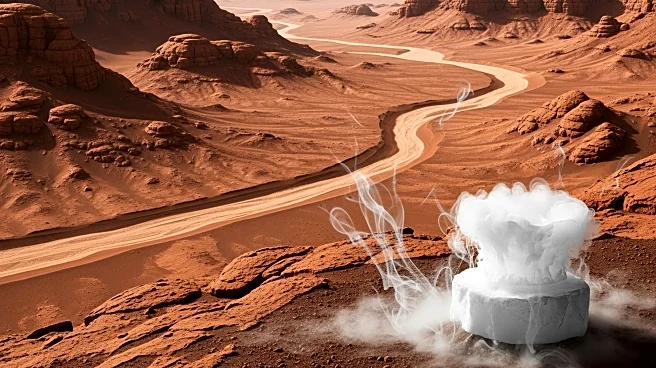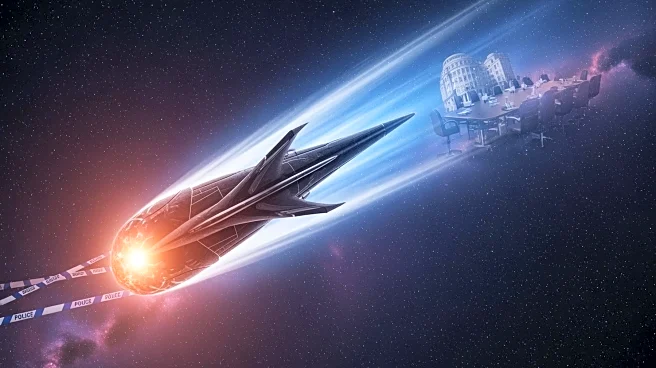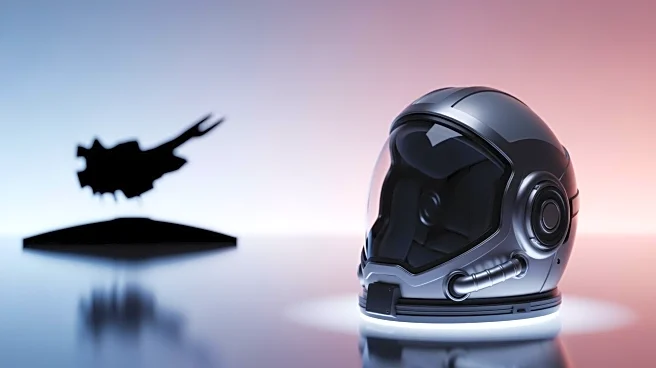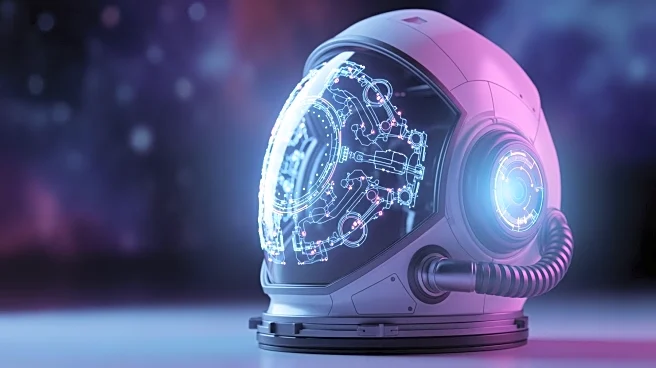What's Happening?
Chinese astronauts on the Tiangong space station conducted a live demonstration of lighting a match in microgravity, revealing unique combustion behaviors. The experiment, led by astronauts Gui Haichao and Zhu Yangzhu, showed a spherical flame instead
of the typical teardrop shape seen on Earth. This phenomenon occurs because, in microgravity, convection is absent, causing gases to diffuse evenly around the flame. The demonstration provided insights into how microgravity affects heat, air, and combustion, offering valuable data for future space missions and safety protocols.
Why It's Important?
Understanding combustion in microgravity is crucial for the safety and design of spacecraft systems. The insights gained from this experiment can inform the development of better fire detection, ventilation, and extinguishing systems for space missions. As space exploration extends to longer missions and further destinations, such as the Moon and Mars, ensuring the safety of crew members becomes increasingly important. The ability to study combustion without the influence of gravity allows researchers to refine models and improve the design of life support and hazard response systems, enhancing the overall safety and efficiency of space travel.
Beyond the Headlines
The experiment highlights the importance of adapting terrestrial safety protocols to the unique conditions of space. By understanding how fire behaves in microgravity, engineers can develop more effective safety measures and materials tailored to the space environment. This research also underscores the need for international collaboration in space exploration, as different space agencies can share knowledge and resources to improve safety standards. The findings from the Tiangong experiment contribute to a growing body of knowledge that will support the future of human spaceflight and the development of sustainable habitats beyond Earth.
